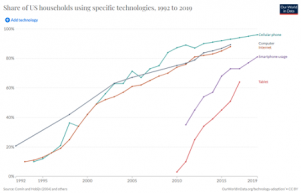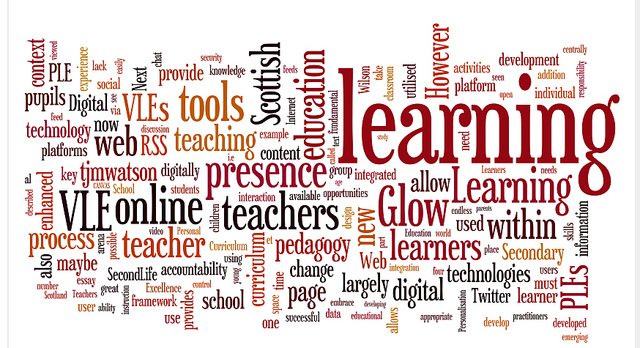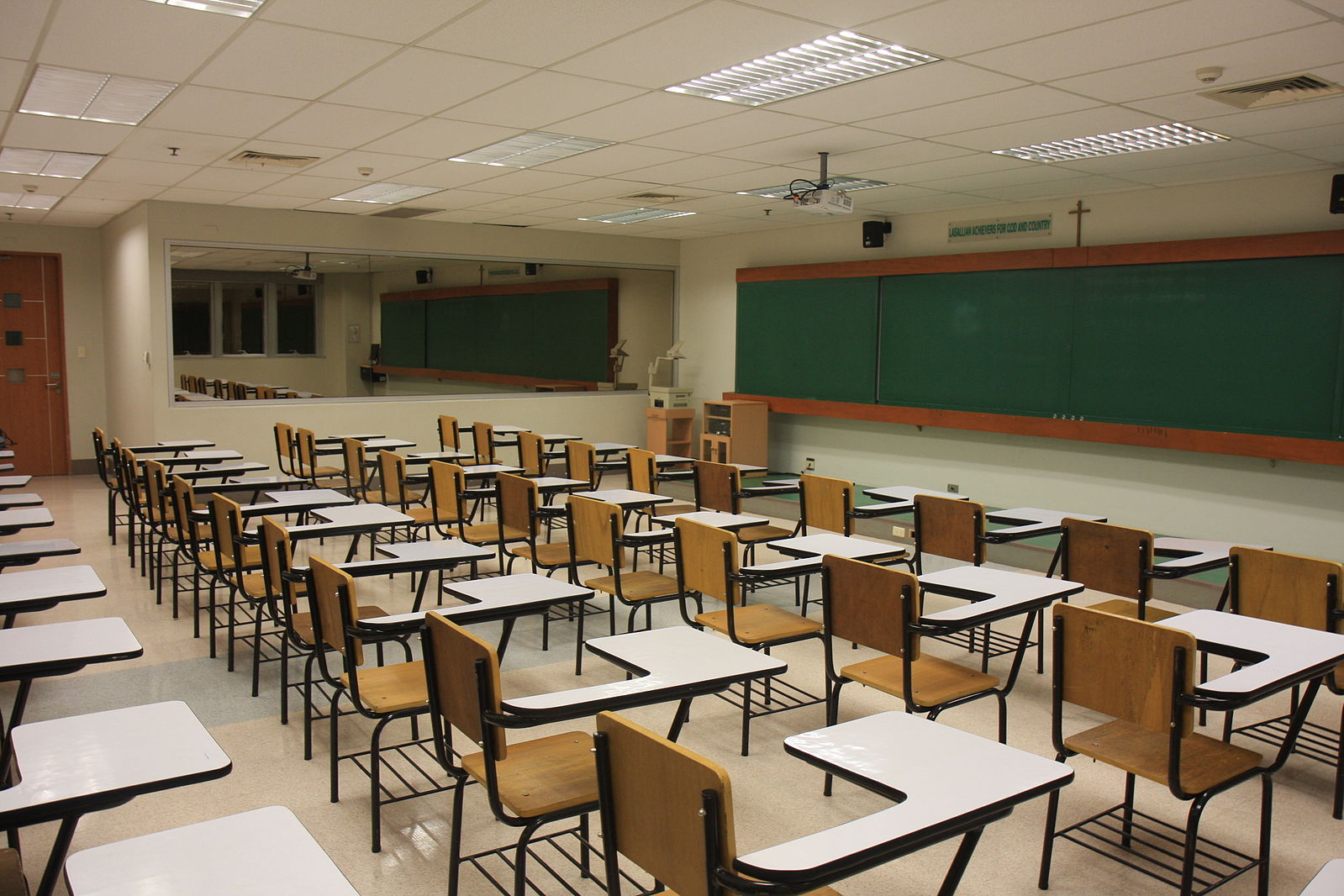The Negative Impact of Technology on Education
Article By Florimond Krins
 In this article I would like to share with you an interesting paper entitled “Four Ways Technology Has Negatively Changed Education”[1], by Dr Khadija Alhumaid. In it she describes the extent to which technology has gradually been integrated into our education processes and methodology.
In this article I would like to share with you an interesting paper entitled “Four Ways Technology Has Negatively Changed Education”[1], by Dr Khadija Alhumaid. In it she describes the extent to which technology has gradually been integrated into our education processes and methodology.
Technology is not something new and specific to our industrial civilisation, but has been present ever since mankind began to walk the earth, as a tool to “harness nature and defy its unconquerable forces”. However, over the last century it has become ever more present, to a point where it is not a mere add-on, but rather indispensable to our lifestyles. For example, 300 hours of video are uploaded on YouTube every minute, and almost 5 billion videos are watched every single day[2]. Digital devices such as computers, tablets, iPads, word processors, e-mails and the Internet have entered the classroom and altered the face of teaching and learning. Teachers are encouraged to use technology as frequently as they can and students are daily exposed to large amounts of information reaching them via a variety of technological devices. And if there is a stockpile of research eulogizing the unequivocally-positive effect of inserting technologies into the normal course of instruction on students’ performance, there isn’t much related to the negative effect it might also bring.
It is a fact that more and more students have access to more technology throughout the world. For example, in the US in 2015 more than 80% of 8th graders a say they use computers at home for schoolwork.

Source : Comin & Hobijn(2004) and others
However, various studies have shown that the use of technology does not necessarily improve the performance or learning skills of students. There have been signs of negative impacts on writing skills amongst students using digital tools, as they have a tendency to write fast and carelessly, using more and more abbreviations in their writings than they would when communicating electronically. A Canadian institute showed that 51% of high school students in a survey acknowledged having cheated during exams, and that technology had its part to play by making it easier to cheat.
As the title of her paper suggests, Dr Alhumaid describes four main ways technology can impact negatively on the education process: the deterioration of students’ competencies in reading, writing, and arithmetic, which are the basic three skills any student is expected to master; the dehumanization of education in many environments and the distortion of the relationship between teachers and students; the isolation of students in a digital and virtual world that distances them from any form of social interaction; and the deepening of social inequalities between the haves and the have-nots, that is, students who can possess technology and those who cannot.
This is not to say that technology does not improve students’ academic achievement or enhance their motivation to accomplish their tasks, yet too much reliance on technology also seems to affect negatively on their reading, writing and arithmetic skills. Which is normal when typing is preferred to writing, or when reading PDF and Word files is preferred to paper books or magazines. The proper use of punctuation is a good example where texting has had a negative influence. Regarding arithmetic, the use of calculators has negatively impacted the ability of the students to reach the right conclusion. Maths and arithmetic are, in their purest forms, subjects which promote discovery, exploration and critical thinking.
The over-reliance on technology in classrooms has created a barrier between teachers and their students, as they communicate directly via a machine. It is therefore difficult for teachers to entertain a healthy relationship with their students and have an impact on them. This generates a higher level of anxiety among high-school and university students. Overall, it leads to “eroding the social relationships involved in teaching, thereby eroding one of the main aims of education”.
As Dr Alhumaid puts it so well: “One distinctive feature of face-to-face teaching is collectivism and collaboration, whilst the most distinctive feature of technology-based teaching is the lack of any feeling of collectivism or togetherness”. A natural defence mechanism of the mind is isolation, as it might develop a sense of safety and security when students are “wired to their gadgets”. Technology has a cocooning effect and gives us the illusion of comfort while depriving us of our need for social interaction and collaboration, leading to a feeling of loneliness.
Regarding the use and possession of technology, there is a gap between social classes. The lack of equipment in developing countries generates issues with students finding well-paid jobs and competing in the global market. Even in developed countries there is a “digital divide” between different social backgrounds. And this divide is even greater within poorer countries.
While our use and continued integration of technology has led to substantial changes in our society and in the way students learn and teachers teach, there is still time to mitigate the negative effects and “harness the good”. This could be done by promoting human interaction, communication and collaboration, by sharing and comparing works and projects to help better connect learners around the world and by encouraging “tech-savvy students” to design interactive content that would enrich their learning.
Our obsession with technology needs supervision and reflection, otherwise it can lead to numerous problems that can in some cases be extreme. We should be careful not to be so blinded by the good aspects brought by technology that we fail to pay attention to its negative consequences. The purpose of Dr Alhumaid’s article was to shed a light on the often-omitted negative aspects of technology in education and to give a few clues as to how these can be mitigated.
Image Credits: By pxhere | CC0
The entity posting this article assumes the responsibility that images used in this article have the requisite permissionsImage References
By pxhere | CC0
Permissions required for the publishing of this article have been obtained
Article References
[1] Journal of Educational and Social Research, Vol. 9, No. 4, October 2019 [2] fortunelords.com/youtube-statistics/




What do you think?